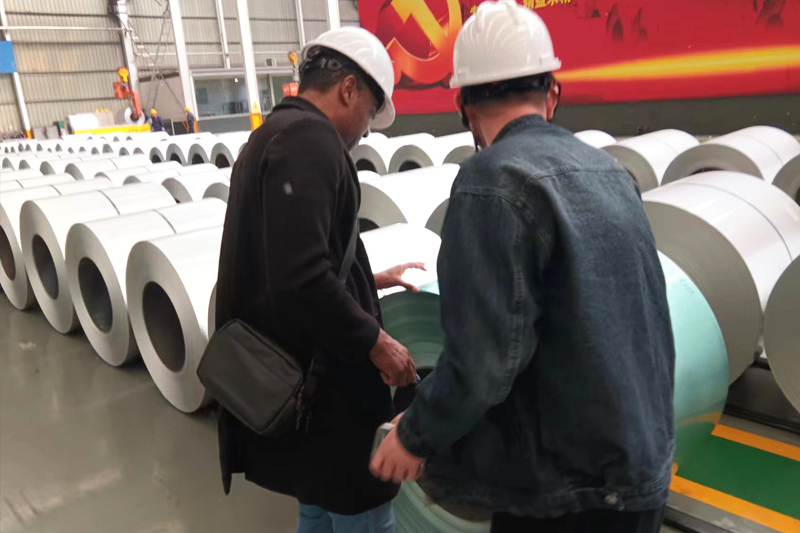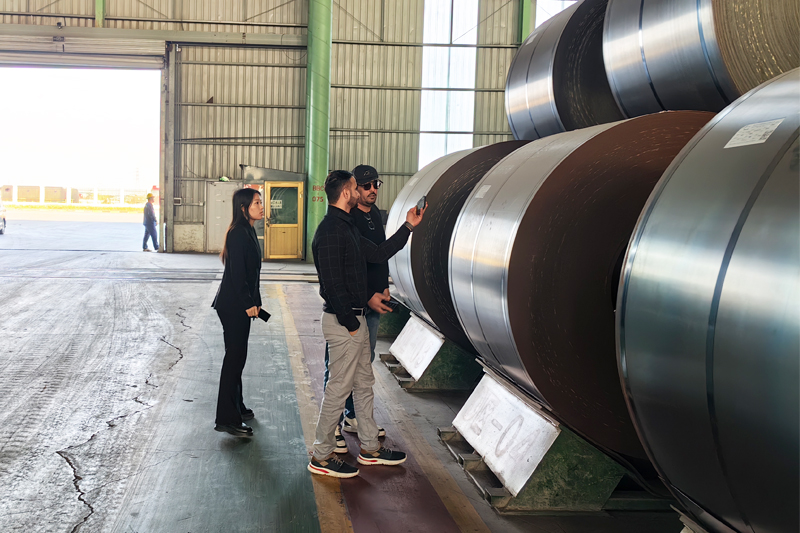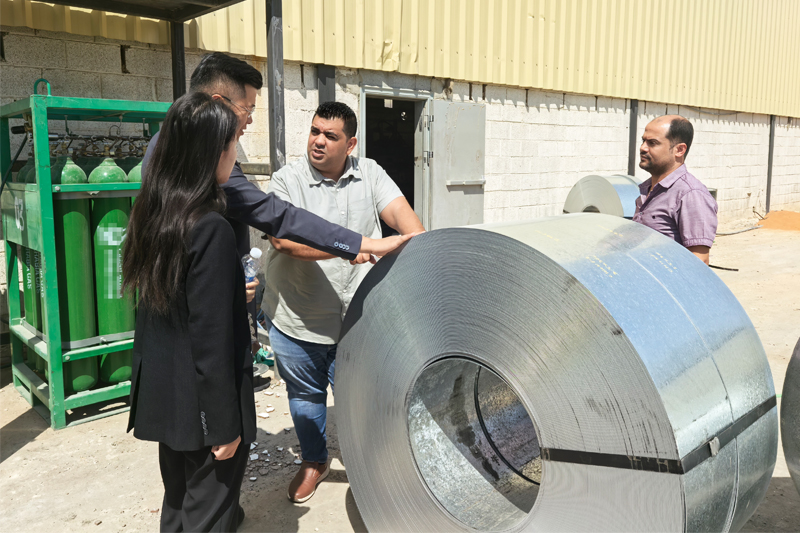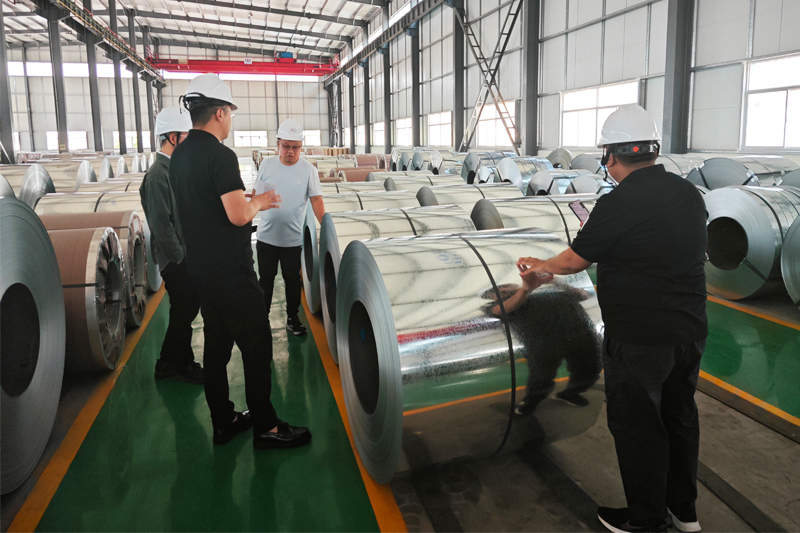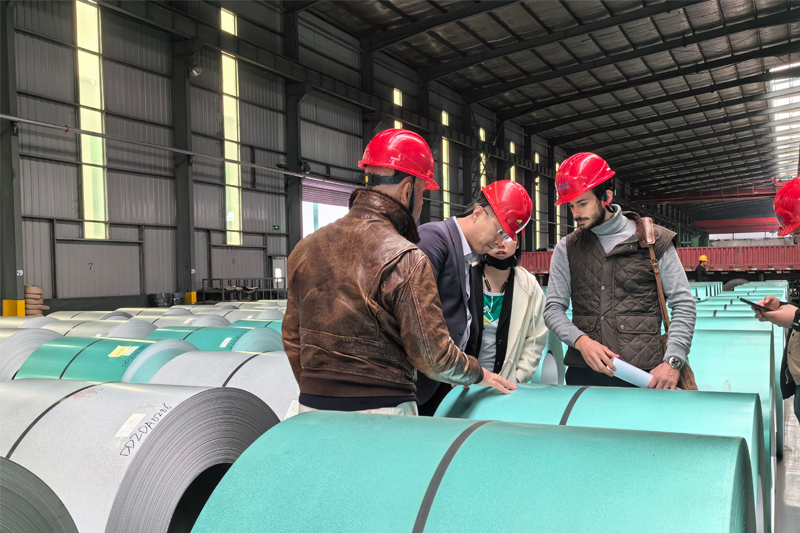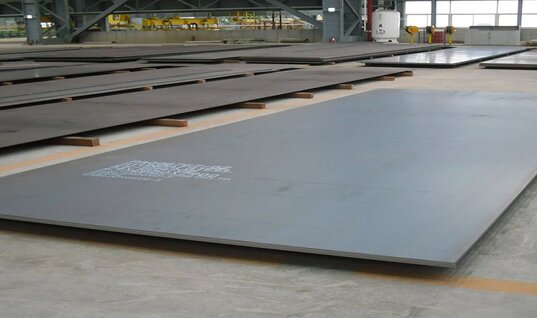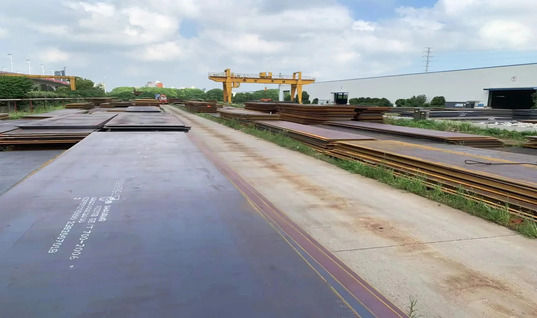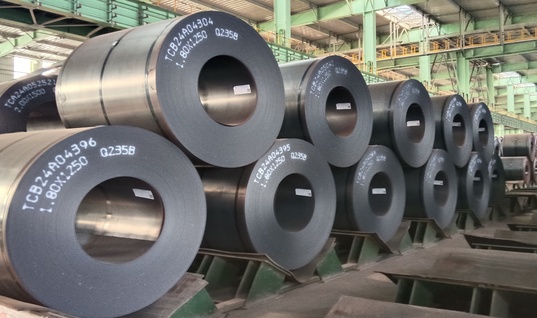In modern construction, the demand for materials that combine high structural performance with economic efficiency has never been greater. Hot-rolled coil, a versatile steel product, has emerged as a key player in meeting this demand. This article explores how hot-rolled coil achieves a balance between high strength and cost-effectiveness in building structures, focusing on its applications, strength characteristics, processing performance, and pricing dynamics.
Hot-Rolled Coil in Construction Applications
Hot-rolled coil construction applications span a wide range of structural components, making it a staple in the industry. Its adaptability allows it to be formed into beams, columns, floor decks, and roof trusses—critical elements in both residential and commercial buildings. For example, in high-rise structures, hot-rolled coil is often fabricated into I-beams and H-columns, where its high strength-to-weight ratio ensures the framework can withstand vertical loads and lateral forces (such as wind or seismic activity).
In industrial facilities, such as warehouses and factories, hot-rolled coil is used for roof purlins and wall girts, providing durable support for large spans without excessive material weight. Even in low-rise construction, it finds use in lintels and structural brackets, where its rigidity and load-bearing capacity simplify design and installation. This versatility makes it a go-to material for engineers seeking both performance and flexibility.
High-Strength Hot-Rolled Steel: Performance Drivers
High-strength hot-rolled steel grades, such as S355 (European standard) and ASTM A572 (American standard), are engineered to deliver exceptional mechanical properties. With yield strengths starting at 355 MPa (for S355) and tensile strengths exceeding 470 MPa, these steels can support heavy loads while reducing the need for thicker, heavier sections. This not only cuts down on material usage but also lowers transportation and installation costs—key factors in cost-effectiveness.
The strength of these grades comes from controlled hot-rolling processes, which refine the steel’s grain structure and enhance toughness. This makes them resistant to deformation under stress, ensuring long-term structural integrity. For critical applications like bridge girders or high-rise columns, where safety is paramount, high-strength hot-rolled steel provides the reliability needed without sacrificing economy.
Structural Hot-Rolled Coil: Processing Performance Matters
Hot-rolled steel processing performance is a critical factor in balancing strength and cost. Unlike cold-rolled steel, hot-rolled coil retains malleability due to its production process (rolled at temperatures above recrystallization), making it easier to cut, weld, bend, and form into complex shapes. This simplifies fabrication, reduces labor time, and minimizes waste—directly lowering project costs.
For example, structural hot-rolled coil can be easily welded on-site using standard techniques, eliminating the need for expensive specialized equipment. Its ductility allows for bending into curved beams or custom profiles, enabling architects to achieve innovative designs without compromising strength. Additionally, consistent thickness and surface quality (a hallmark of quality hot-rolled coil) ensure precise fitting during assembly, reducing rework and delays. Poor processing performance, by contrast, would inflate costs through inefficiencies, making hot-rolled coil’s workability a key economic advantage.
Hot-Rolled Coil Export Prices: Navigating Cost Dynamics
Hot-rolled coil export prices are influenced by global supply chains, raw material costs (e.g., iron ore, coking coal), and regional demand—all of which impact project budgets. To balance strength and cost, stakeholders must strategically manage these price variables:
- Grade Optimization: Select the minimum strength grade required for the project. For low-rise buildings or non-critical structures, S275 (yield strength 275 MPa) may suffice, offering adequate performance at a lower price than high-strength S355.
- Bulk Procurement: Purchasing in large volumes can secure discounts, especially during periods of stable or declining export prices. Monitoring market trends—such as seasonal lulls in production from major exporters like China or Germany—can help time purchases for maximum savings.
- Logistics Planning: Sourcing from regional suppliers reduces transportation costs and lead times, mitigating price volatility associated with long-distance shipping. For example, European projects may benefit from sourcing hot-rolled coil from local mills rather than importing, avoiding tariffs and freight expenses.
Balancing High Strength and Cost: Practical Solutions
Achieving the optimal balance requires a holistic approach that integrates material selection, processing, and procurement:
- Engineered Design: Work with structural engineers to match hot-rolled coil grades to specific load requirements. For instance, use high-strength hot-rolled steel in load-bearing columns while opting for standard grades in secondary components like wall framing.
- Value Engineering: Leverage hot-rolled coil’s processing performance to design lighter, more efficient structures. Thinner, high-strength sections can reduce material costs while maintaining structural integrity.
- Quality Assurance: Prioritize certified hot-rolled coil (e.g., ISO 9001) to avoid hidden costs from defects or non-compliance. Quality materials reduce maintenance needs and extend service life, delivering long-term savings.
- Market Intelligence: Partner with suppliers who provide transparent pricing and insights into market trends, enabling proactive procurement decisions that align with project timelines.
In conclusion, hot-rolled coil offers a compelling solution for building structures, where balancing high strength and cost-effectiveness is critical. By leveraging its versatility in construction applications, high-strength properties, superior processing performance, and strategic management of export prices, stakeholders can deliver safe, durable, and economical projects—proving that performance and affordability need not be mutually exclusive.


